Scars are an interesting topic of conversation in the neuroverse. There is a lot of neurological information built into scars and the effects they have. White papers and everything. Just about every neuro course I’ve taken have protocols and ideas about how to address them and their symptomatic effect. Through the years I’ve developed my own ideas about them as well. This will likely shake the foundation of some hard held beliefs, but I don’t believe they are ever fully ‘cleared’.
A Neurotheory About Scars
One thing I think everyone can agree on is that scars bind tissue and bound tissue disrupts efficient movement. In our functional neurology endeavors whenever there is a scar present we know to check poor motor control patterns against these scars. I believe it’s a mistake to address a movement pattern via a scar, call it good, and neglect to revisit it again.
Let’s think it out.
Scars have multiple layers. Add in a surgical intervention on top of previous injury and that increases the layers. It also increases the insult to injury, but I’ll discuss that in a different article. The recovery and healing time when it comes to scarring varies widely, but is often thought to take a full year to be considered fully healed. Even then, a scar can continue to ‘grow’ creating more layers.
Adding Movement to the Mix
Now, considering that we’ve all those many layers of scar tissue present, let’s consider what adding movement to the mix may look like.
An injury occurred and it’s a rather safe assumption that there was a movement involved. As we know, there is physical, mental, and emotional information all bound within this experience. The Nervous System will associate that movement and those feelings with the injury.
It doesn’t stop there, however. The instant an injury occurs the Systems work together to begin healing. They will keep doing so through the entire healing experience and after.
Apply the Neurotheory to the Healing Process
Stay with me. An injury creates a pattern associated with the scar. That kind of tissue damage can take up to a year to be considered fully healed. AND scars continue to grow to provide support. Check.
Now, think of all the varied movements and different experiences that take place through that year of healing. Every movement that gently tugs on that healing scar tissue is now associated. Every supporting motor control pattern that was put in place is now also being associated to that new tug on the scar tissue. Which can then create another supporting motor control pattern to help its human avoid this perceived threat.
Do you think that human is going to ever make any those same movements again? Most definitely and many times over.
Always Check the Scar and Combine With Movement
So, yeah, check the scar. Even if you’ve addressed it in session time and again. You may simply be observing a different movement pattern associated to a different moment in time of the scar’s healing process.
Encourage your clients to thoroughly work the scar tissue in a gentle non-invasive way and then combine movement. Depending on the location of the scar, have them move in as many creative ways as they can think of that may trigger that scar memory. They could very effectively clear out more patterns on their own time than you ever could in session.
Do you have a favorite ‘release’ method for scar tissue? I’d love to hear about it!
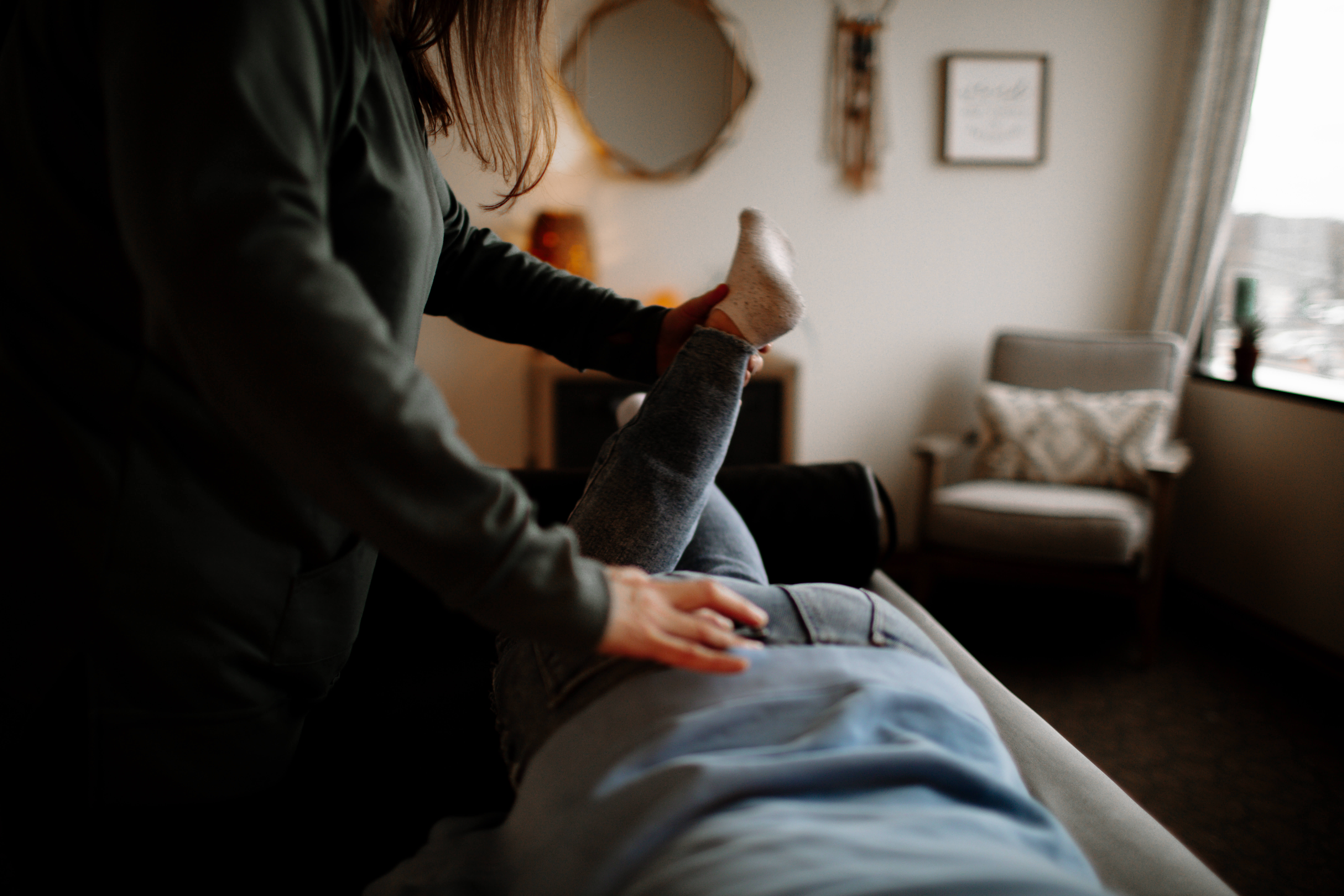
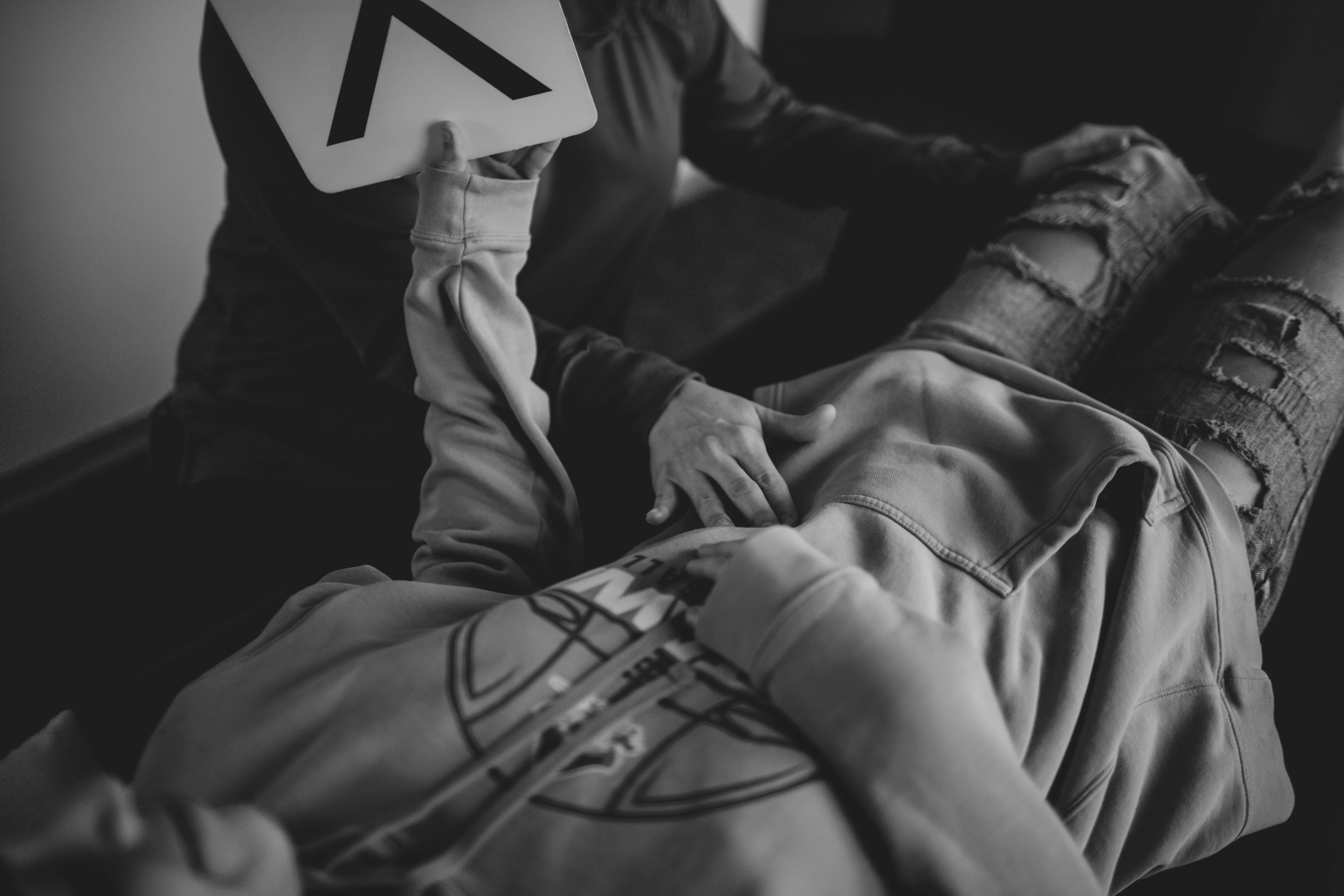
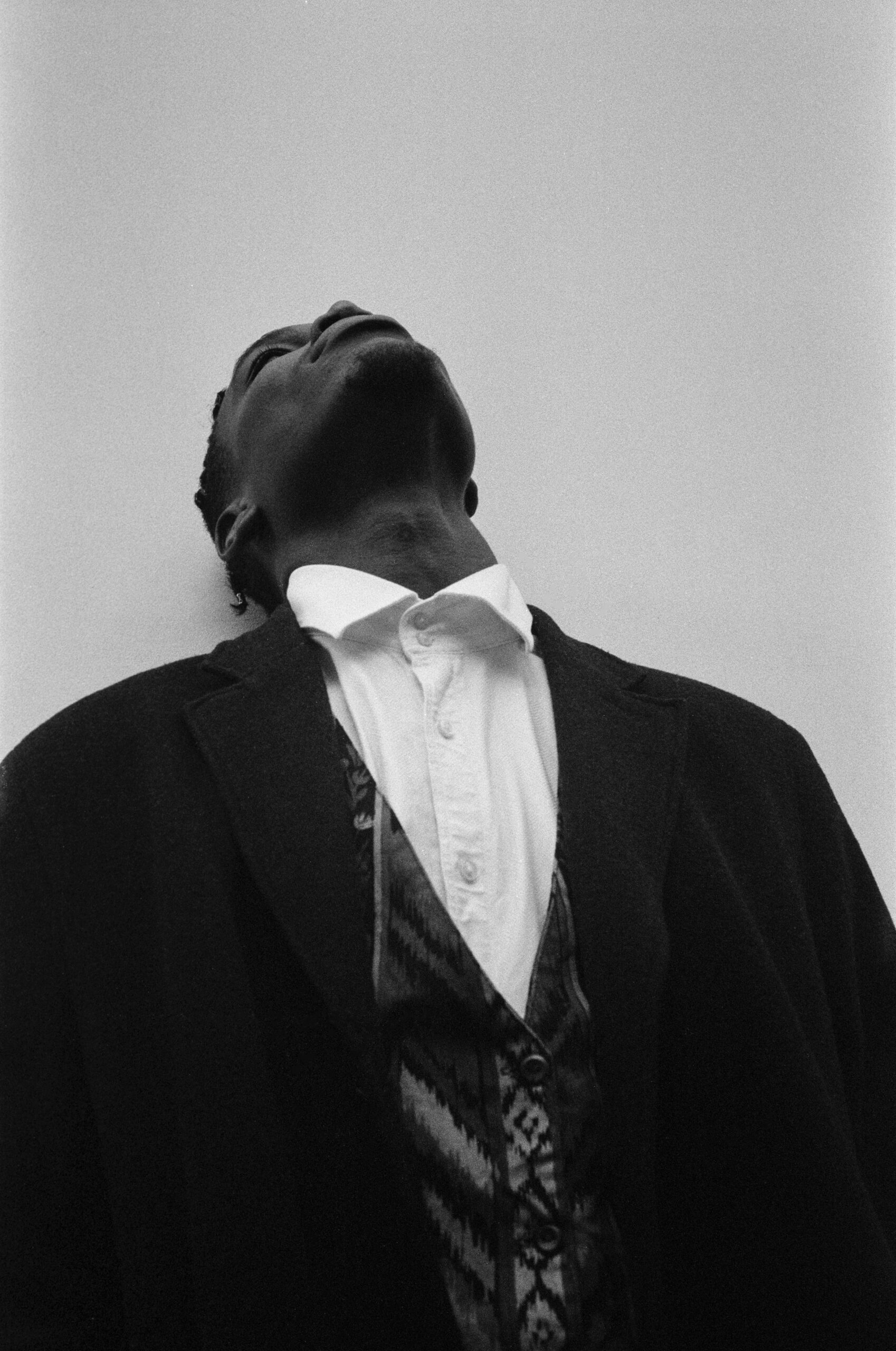

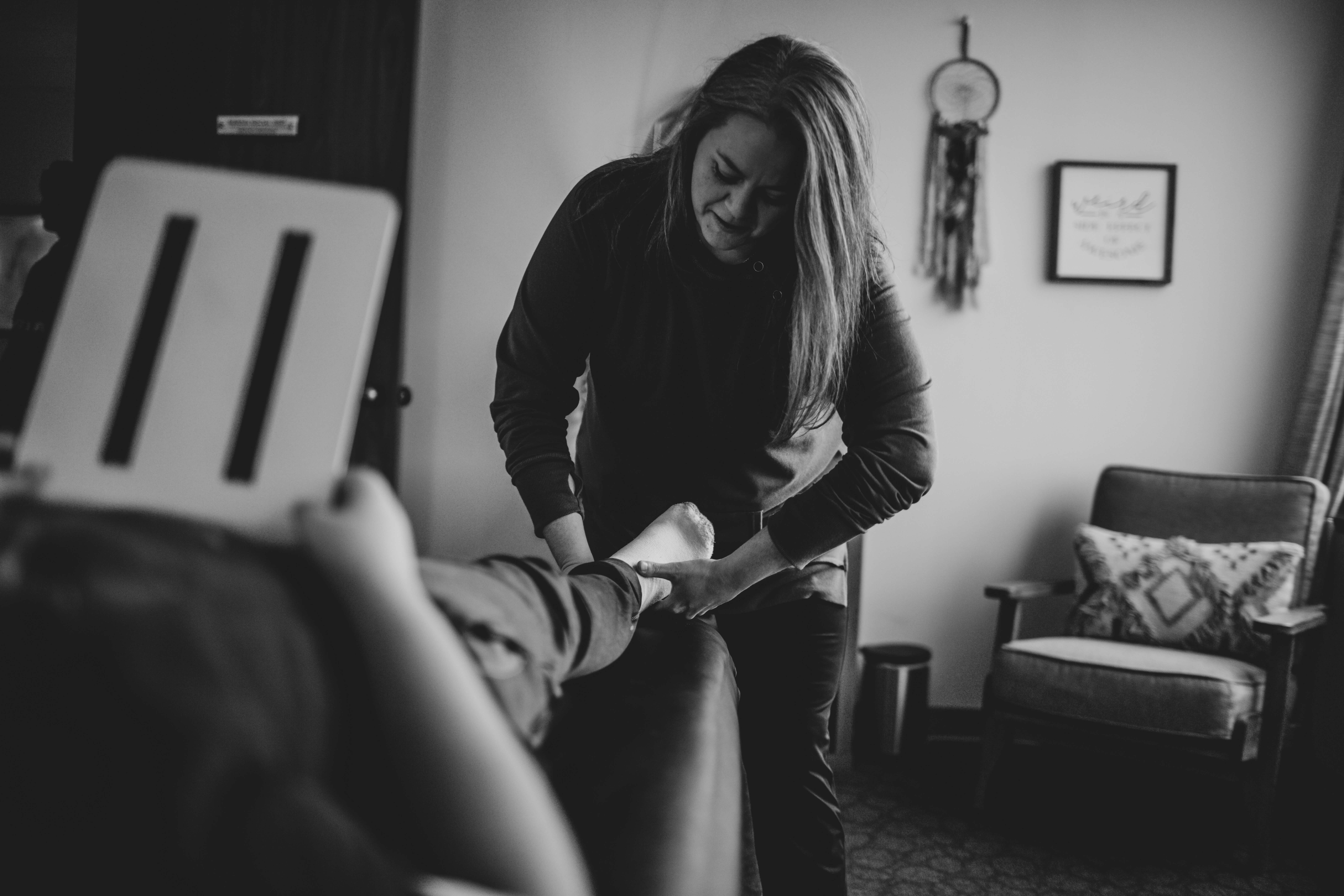
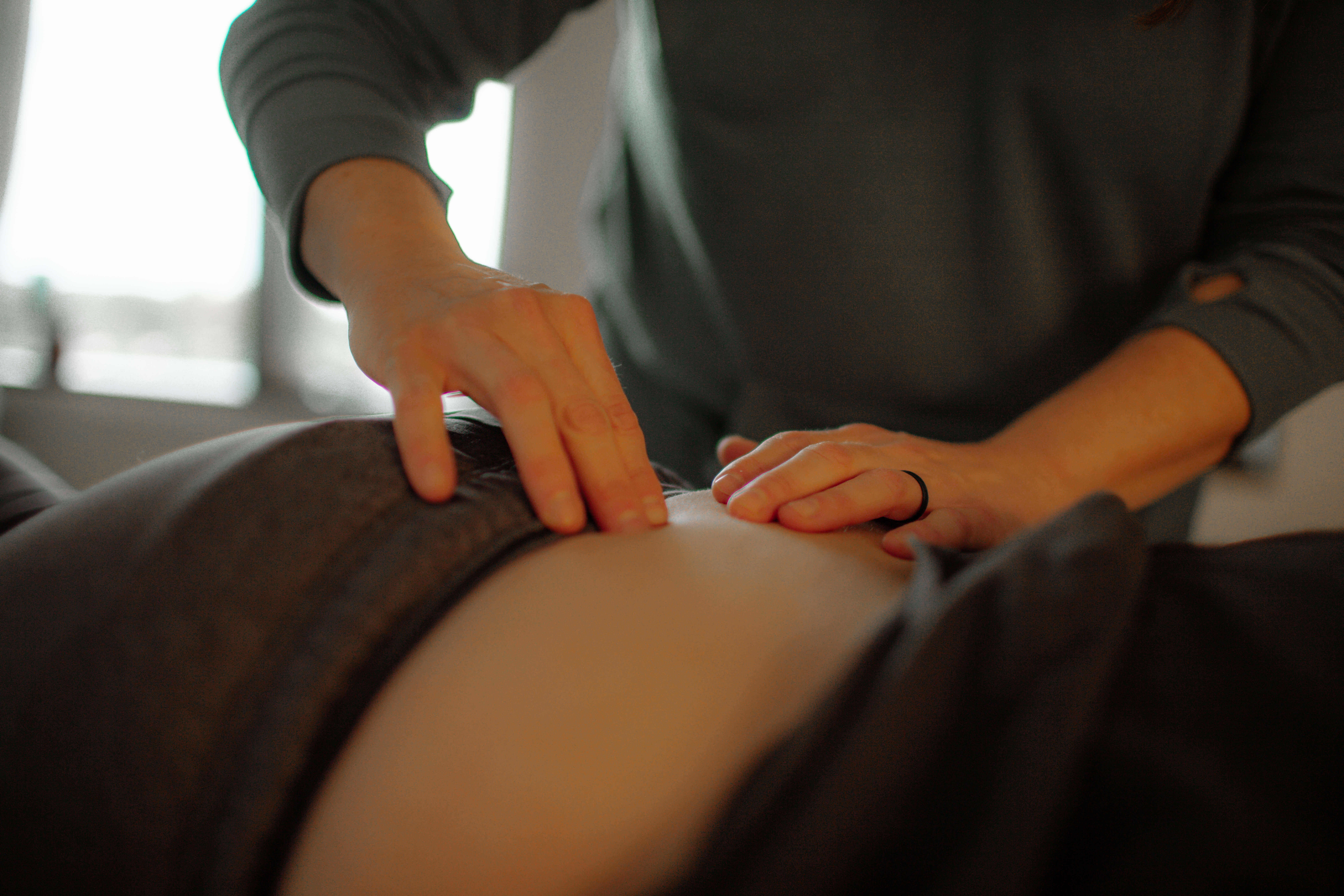
Great blog Marissa.
As always, concepts Shared and explained in a understandable way! I Agree with your observations, and thoughts!